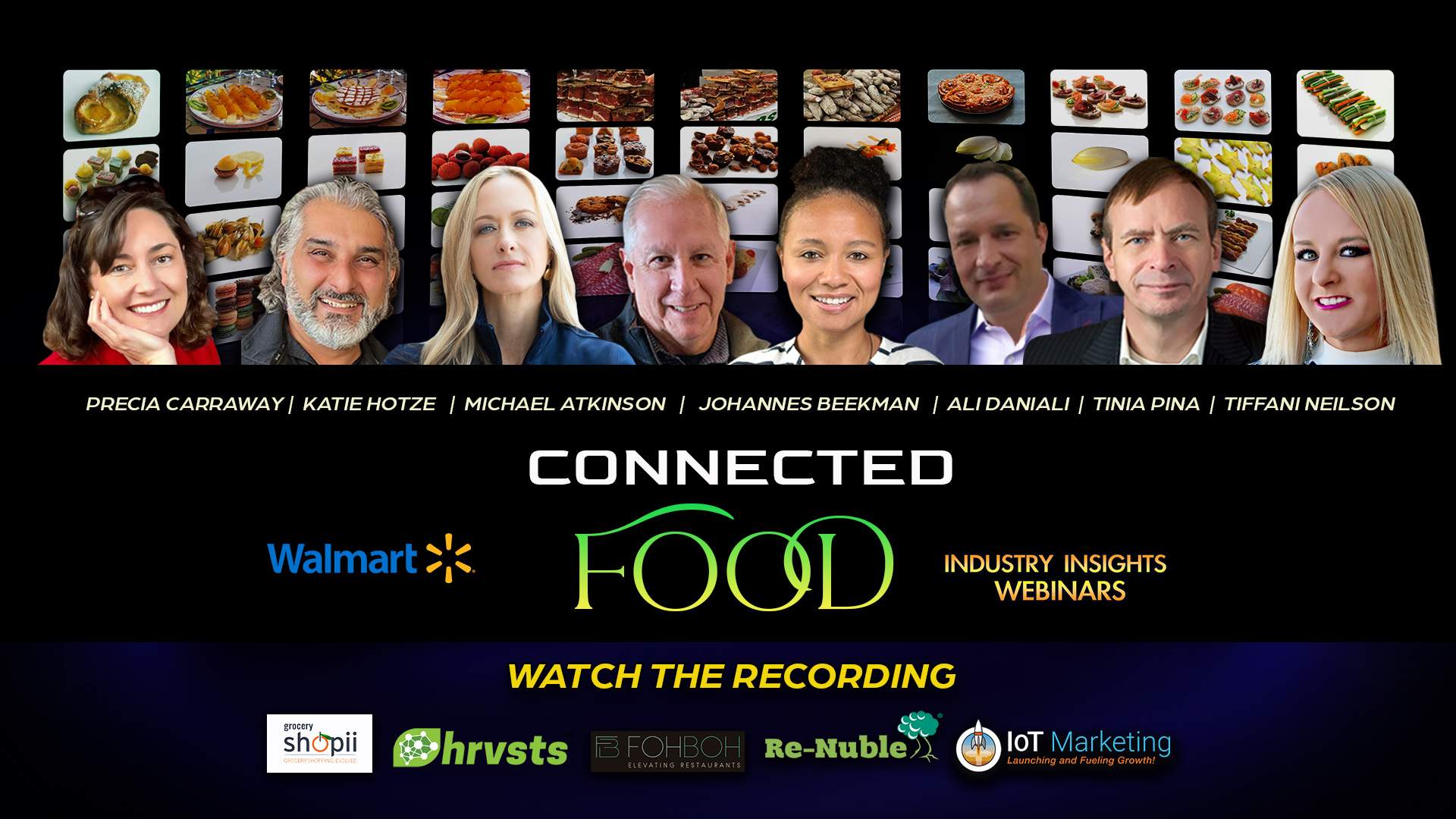Nations around the world must take a global view of the world's food supply and encourage more local agricultural production. Due to climate change and supply chain issues, the tradition of growing produce is changing. Here's a look at how modern food farming solutions are helping farmers transition toward more sustainable agricultural solutions.
A Need for More Sustainable Agriculture
The food industry represents about 17 percent of all CO2 emissions, but new more efficient methods of farming are starting to help reduce greenhouse gases that come from agricultural production. It's imperative that all businesses work together in the next few decades to reduce the carbon footprint of manufacturing industries. Farmers need to pay attention to doing more with less water since drought is a part of climate change.
Pioneering New Farming Processes
Infarm is a European vertical farming startup that began in 2013. The company has grown to 200 in-store farms, creating a network for cultivating over 150,000 plants per month. It houses vertical farming modules in France, Switzerland and Germany with plans to expand into the UK. The company supplies various types of vendors with indoor modules for growing different crops. The produce includes all types of fruits and vegetables. It allows restaurants to harvest their own food.
Recently Infarm gained over $100 million in funding, which will help the company expand in Europe, Asia and even the United States. Due to the need for farms to cut costs on water, electricity and other resources, the new agricultural model being pioneered by Infarm will likely spread wherever there's a need for agricultural streamlining.
How Farming-As-A-Service Contributes to Sustainability
The underlying technology that connects the modules in the cloud is known as farming-as-a-service. A command center monitors various data using IoT sensors to measure nutrient content in the soil, as well as light and water usage. The system eliminates various processes of traditional agriculture including the use of pesticides with the help of big data analysis. The result of this new process is a streamlined supply of fresh, organic food.
Thanks to smart technology, Infarm has reduced water usage by 95 percent and fertilizer by 75 percent. Another benefit that adds to more efficient production is it reduces transportation involved with agriculture by 90 percent. The reason this figure is significant is that about half of all nutrients in produce are lost in the shipping stage of distribution.

Find out more about the latest innovations in the food, agritech, restaurant and grocery sectors. Click the button below to watch the replay of our "Connected Food" webinar.
Sustainable Food Systems
A key reason for local communities to embrace local food farming is to avoid the disruptions associated with supply chains. When food is shipped around the globe, it must go through busy seaports where fees and storage costs keep rising. Supply shortages can result due to issues surrounding transportation including fuel costs and labor deficiencies. But the impact of these disruptions is reduced when a community has plenty of local produce for food choices.
When food is produced locally, it has a better chance of being sold as a fresh product rather than if it goes through a global supply chain. Knowing who your farmer is and where your food comes from helps you feel more confident about eating healthy. Food is perishable and can spoil quickly, so ideally, it shouldn't have to travel far.
Rethinking Barren Land
One of the keys to expanding sustainable farming is to educate people about indoor farming, which allows for crops to be grown year-round. Indoor farming can also be a solution to climate change, which is destroying crops due to overly dry or stormy conditions. Farmers have more control over their crops in indoor settings with the help of digital technology that provides measurements for appropriate harvesting conditions.
The United States and Canada have plenty of barren lands that could be used for developing sustainable solutions. Not only can it be used for solar and wind farms, but barren lands can also be used to build communities that rely on indoor harvesting. It could provide a consistent supply of seasonable crops.
Urban Farming in the Future
Since indoor farming is part of the solution to agricultural sustainability, it should be part of urban planning for the future. Empty malls and buildings can be repurposed for indoor farms. In other words, growing food no longer needs to be on the outskirts of cities, as it can be done almost anywhere indoors.
The investment community is increasingly looking at indoor farming in urban areas as a path to sustainability. There will likely be an increasing demand for local indoor farming the more communities feel the economic effects of climate change. Sustainability has also become an important factor in commercial real estate, so the more farmers invest in sustainable solutions, the more it can raise the value of their properties.
Revitalization is another strong reason for communities to invest in indoor farms. Cleveland and Detroit are examples of cities that have promoted community gardens and farms for revitalizing neighborhoods. Detroit now has over 1,400 urban gardens and farms. In 2011 the Michigan Urban Farming Initiative purchased an old building in Detroit to repurpose it as a resource center for growing produce that it supplies local restaurants and consumers.
Urban farms can also be built for educational reasons. Baltimore's Urban Gardening with Students (BUGS) program educates kids about developing skills for growing foods locally. The more people become aware of sustainable farming techniques, the better prepared society will be for the growing pressures related to climate change and supply chain disruptions.
Conclusion
Local communities will be more sustainable if they rely on local farms rather than global farms, which become part of supply chain issues. Developing a digital infrastructure that integrates with modern food farming solutions is the best way to prepare for the future of agriculture.
